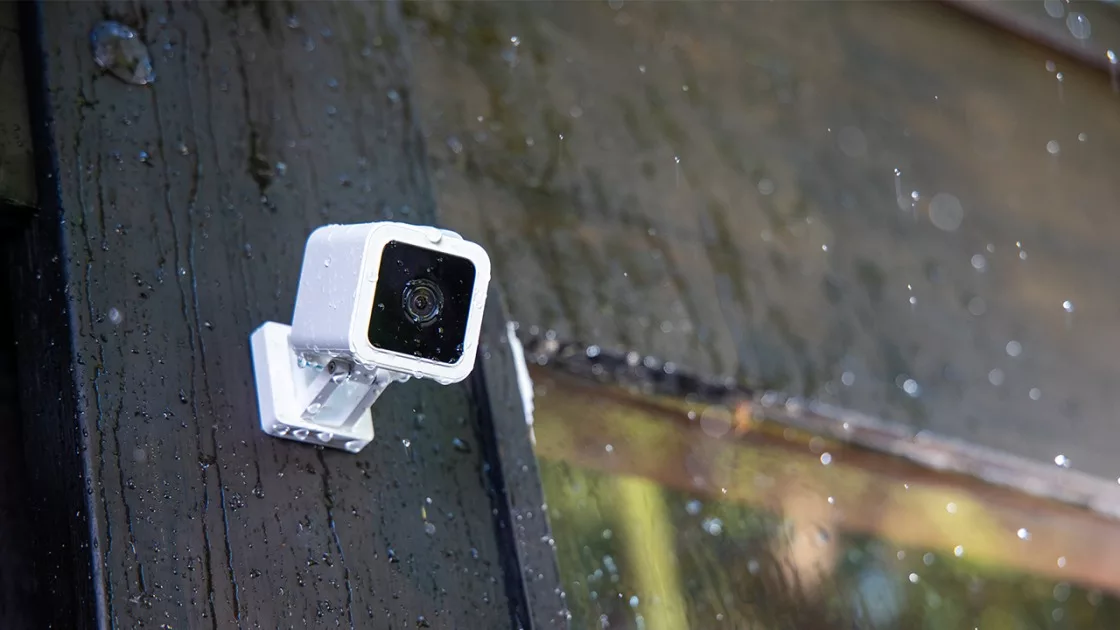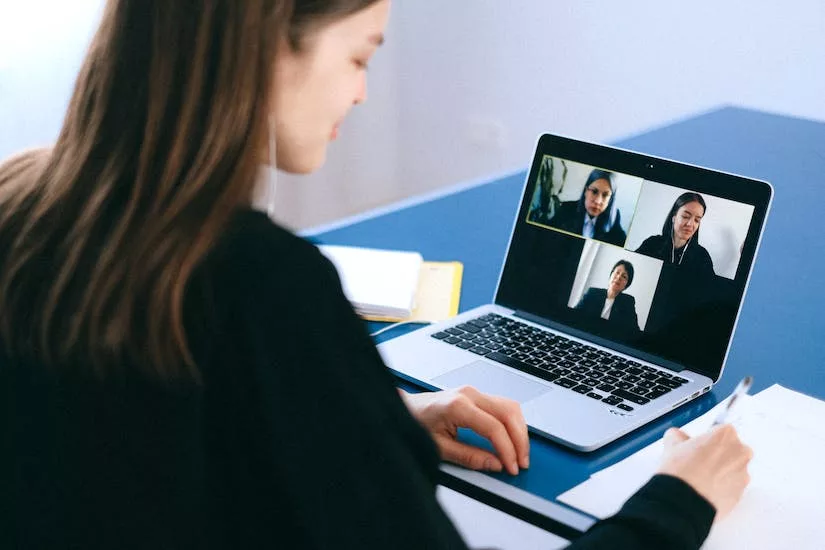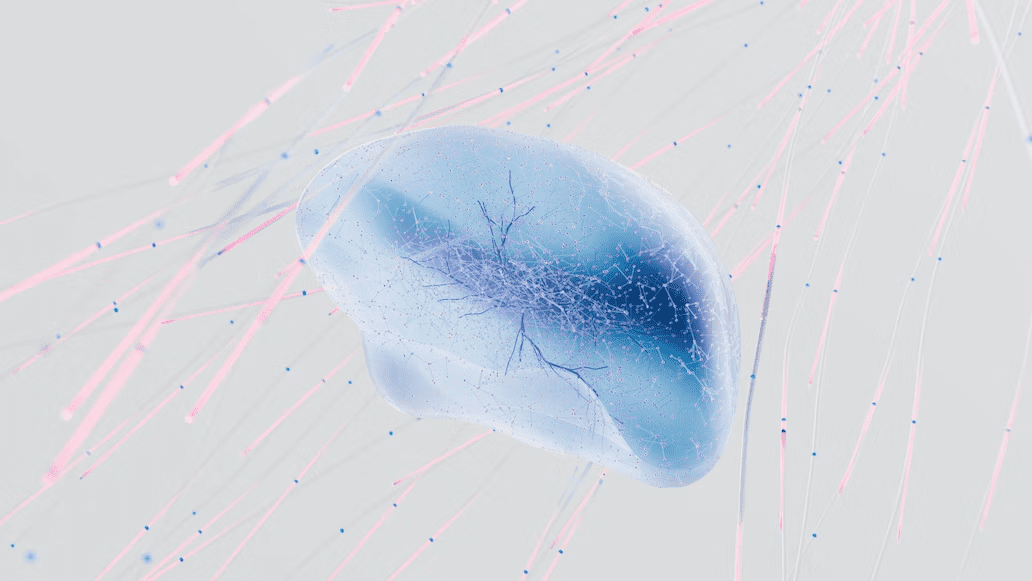Spy cameras in rented apartments or hotel rooms: are they fact or fiction? Unfortunately, reality. In fact, in a fairly recent case, a New Zealand family, who had rented an apartment in Ireland, discovered a hidden camera broadcasting live footage from their living room.
Detecting a camera with the naked eye often requires X-ray vision, as it is most likely carefully camouflaged. For those of us who are not Superman, there are special devices to help detect spy devices by electromagnetic radiation or Wi-Fi signal, but they are not items that we usually take on trips. And to get the most out of them, you’ll need special skills or expert assistance.
That being said, researchers in Singapore have recently developed a solution to locate a hidden device using the ToF (time-of-flight) sensor of a regular smartphone. This new method is known as LAPD (Laser-Assisted Photography Detection).
As mobile phone technology evolves, so do the spying techniques that take advantage of these advances. Spy apps, used against politicians in Spain, and surveillance cameras that go virtually unnoticed in tourist apartments. Fortunately, methods are also being created to detect these elements that threaten personal privacy.
Researchers from the National University of Singapore and Yonsei University have developed a system with which to detect hidden cameras, even if they are very small, capable of hiding in any corner. This software has been dubbed LAPD (Laser-Assisted Photography Detection).
Its main advantage is that it uses the TOF sensors found in many of the mobile phone cameras available on the market. Simply with the smartphone and the application resulting from this investigation, it would be possible to locate the vast majority of cameras hidden in a room.
What is a ToF sensor?
Although the terms “ToF sensor” and “ToF camera” mean nothing to you, you may have already come across one on your smartphone. It is used, for example, to unlock the screen by face, recognize gestures or create the beloved bokeh effect, a blurred background in photos.
To solve these tasks, the smartphone needs to see a three-dimensional image in order to know what is close to the camera and what is further away. The ToF takes care of this: the sensor emits an infrared beam and measures the time it takes for the rays to reflect. The later, the further the object will be from the sensor, of course.
As the researchers found, in addition to their basic functions, ToF modules do a pretty good job of finding spy cameras. This is because the light emitted by the sensor creates a characteristic reflection on the lens, by which the offending device can be recognized.
Sensor upgrade
Since ToF smartphone camera apps were created for very different purposes, the researchers had to develop an app and complement the sensor’s capabilities to better cope with hidden camera reflection hunting.
First, they added a smart system that informs the user of the optimal range for scanning objects. In this way, if the smartphone is too close to a suspicious object, the glare will be very bright and will “over-saturate” the sensor. Conversely, if the device is too far away, the glow will be too weak and the detector will not be able to register it.
Second, the team applied a filter to detect the extraneous signals, as the detector can more or less accurately identify a hidden lens in a limited field of view: a cone spanning approximately 20° originating from the camera of the smartphone. Anything outside of this zone confuses the detector and leads to false positives.
Finally, the experts applied self-learning programmable filters to further reduce the false positive rate. The fact is that the resolution of the ToF sensors is very low, only 320×240 pixels. For this reason, it is not easy for the detector to determine the exact size, shape, and intensity of the glare, and it is these parameters that distinguish a hidden camera from other innocuous objects.
Test results
The researchers carried out an experiment to establish the effectiveness of the method in practice. This study involved 379 volunteers, who were asked to find spy cameras three ways: with the naked eye, with a specialized detector currently on the market, and with LAPD. They were given 30 to 60 seconds to search, the average time that the traveler is willing to spend on this activity.
The first method produced unimpressive results. Only 46% of the participants were able to detect the hidden cameras with their eyesight. In addition, there were a lot of false positives: in 54.9% of the cases, the volunteers pointed to the wrong objects or places.
The specialized detector also showed modest results: in two different scanning modes, spy cameras were found by only 62.3% and 57.7% of the participants. The number of false positives was again high: 26.9% and 35.2%, respectively.
The LAPD method proved to be the most effective. Spy cameras were found in 88.9% of cases. Even when the researchers altered the lighting to make it more difficult to find, the detection rate did not drop below 77.8%. The proportion of false positives was also low, at 16.67%.
Can or can’t you use the hidden camera?
And it is that the question is as simple (and as complicated) as determining which side the balance should fall on: either towards the protection of the very personal rights of the recorded person, protected by article 18 of the Constitution; either towards the right to information of citizens, established in article 20 of the Constitution, as an expression of democratic values.
Given that it is the Courts that must shed light on this question, let us briefly recap the evolution of jurisprudence:
- Until the Supreme Court Judgment of January 16, 2009, the jurisprudence was constant in the sense of considering the hidden camera as a legitimate means for journalists to carry out their investigations in order to meet the requirement of veracity demanded to comply with the right information of citizens, to the point that, precisely, it serves to verify the veracity of the facts in the face of the forcefulness of the images.
- After said High Court Judgment was handed down, which was ratified by the Constitutional Court Judgment of January 30, 2012, it was established that the use of the hidden camera technique implied a violation of the very personal rights of the recorded person (honour, privacy and/or own image), although the facts investigated could be of general interest, since other means must be prioritized to carry out the journalistic investigation.
- On January 20, 2015, the European Court of Human Rights (ECHR) issued a resolution stating that the use of the hidden camera for journalistic purposes in a report on a topic of general interest (such as reporting fraud, scams , etc.) is not illegal by definition, applying the previously established doctrine regarding the freedom of journalists to decide on the methods and techniques to carry out their investigations.
- Bringing to our jurisprudence the principles established by the ECHR, on February 22, 2017 the Supreme Court issued an acquittal, understanding that the use of the hidden camera may not be illegitimate if it is proportionate to the public interest, since it cannot be ruled out that Through its use, cases of political or economic corruption at the highest level are discovered that must be known and transmitted to public opinion with the forcefulness inherent to voice recording.
- In the same sense as said resolution, other judgments were handed down by the Supreme Court, such as those of November 23 and December 23, 2017, which seemed to herald a jurisprudential change towards permissiveness in the use of hidden cameras in news journalism. investigation, provided that it is proportionate to the public interest of the facts recorded.
- However, the recent ruling of the Constitutional Court of February 25, 2019 reverses the principle, since it excludes, as a general rule, the use of the hidden camera as a journalistic means, considering that it constitutes an illegitimate interference with the rights to personal privacy. and the image itself; although it leaves the door open to its use in an exceptional way when there are no less intrusive means to obtain the information.


